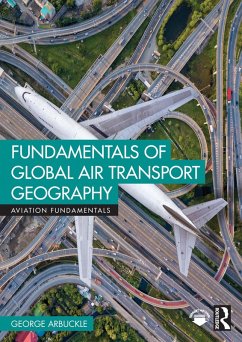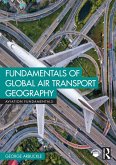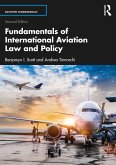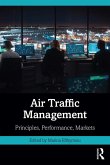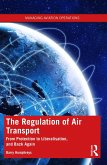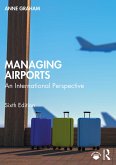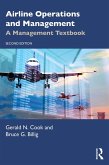The commercial air transport industry can be broadly split into three component parts: airlines, airports and aircraft. Each of these components is shaped by geography, insofar as each is influenced by places, landscapes, environments, people and their various interactions. Conversely, air transport plays a large role in shaping the various themes of geography and the position of our physical, human and environmental world. It connects people, cultures and businesses across every continent and generates economic growth, allows international trade to occur and develops tourism. It can also be involved in creating negative outputs, such as emissions, noise and loss of biodiversity, which can have a large impact on the planet and quality of life. A lack of air transport links can also have a significantly negative impact on world regions in terms of economic and cultural development. In short, air transport and geography are inextricably linked.
Fundamentals of Global Air Transport Geography details the geography of the global commercial air transport industry. The book aims to provide an understanding of these key areas at an introductory level, in order to be accessible to students and non-technical airport/airline management. A key theme throughout the book will not only be how geographical issues have influenced air transport, but also how air transport continues to influence geography. Each chapter boasts a range of features aimed at enhancing the reader's understanding, including learning objectives, discussion questions and case studies, and lecturers can find supporting resources including PowerPoint slides and teaching notes online.
Dieser Download kann aus rechtlichen Gründen nur mit Rechnungsadresse in A, B, BG, CY, CZ, D, DK, EW, E, FIN, F, GR, HR, H, IRL, I, LT, L, LR, M, NL, PL, P, R, S, SLO, SK ausgeliefert werden.

